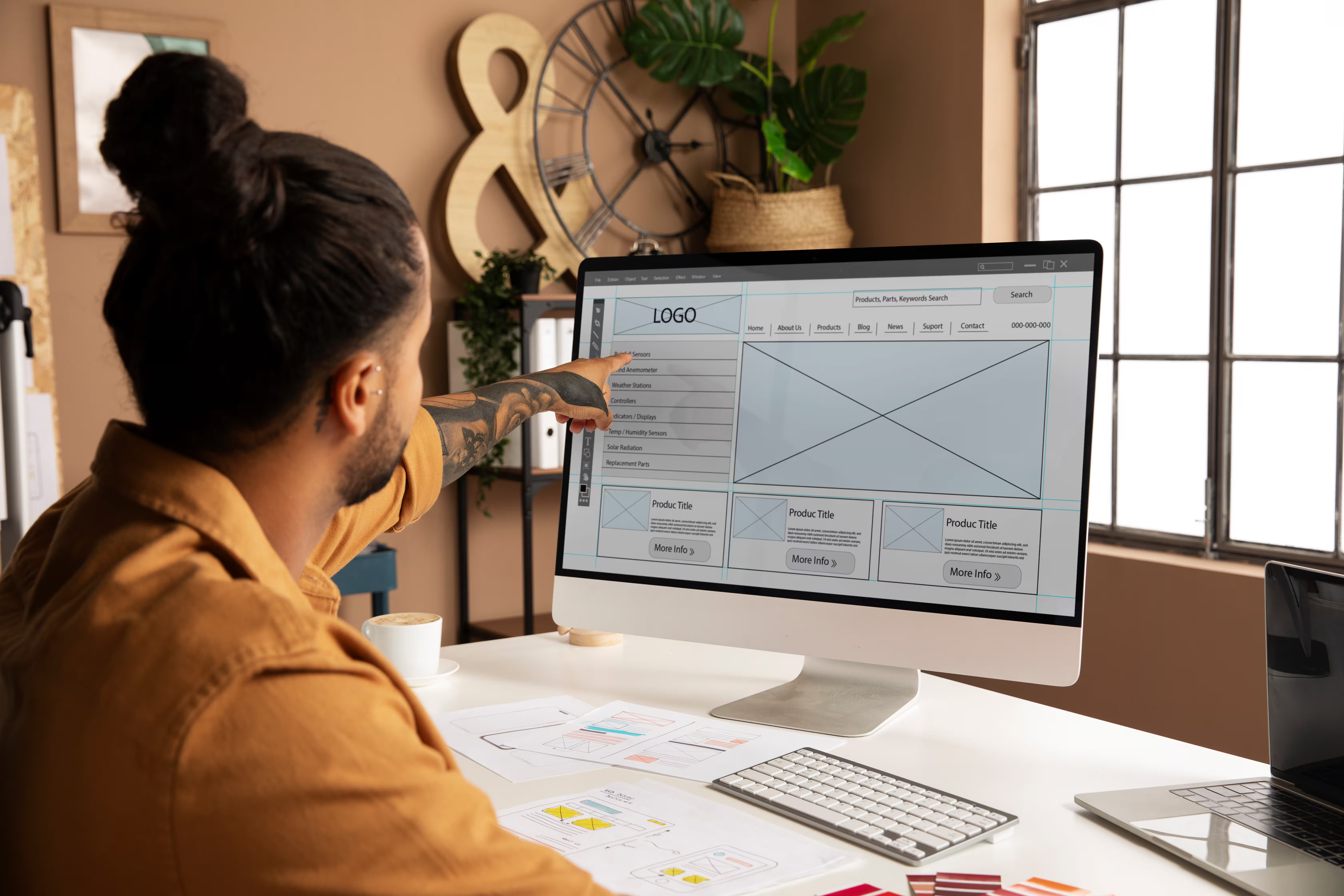Webflow experts understand that creating an environment where ideas flow freely is important. Each team member's ability is fully leveraged and is as important to successful cooperation as knowing the tool. This article offers insights into the complex mix of technical proficiency and successful communication that characterizes collaborative Webflow projects, making it a useful resource for both beginners and seasoned professionals.


Creating unambiguous channels of communication
The significance of transparent communication
Transparent communication is more than just a procedural step—it's a cornerstone that fortifies the collaborative process. It not only eradicates ambiguity but also cultivates a sense of trust among team members. In the world of Webflow initiatives, where innovation and practicality collide, it is critical to comprehend one another's viewpoints.
Webflow specialists know that having common knowledge of objectives and difficulties helps the team stay cohesive and encourages creativity, guaranteeing that the finished result will be better than expected. In essence, transparent communication in Webflow projects is the catalyst for turning diverse expertise into a cohesive and remarkable digital masterpiece.
Use of project management tools and communication platforms
Integration of communication platforms and project management software is not just convenient but a smart decision for workflow optimization in the collaborative world of Webflow. Teams who use platforms like Slack are able to operate across geographic distances with ease, creating a virtual workplace that is centered around quick feedback and teamwork. Loom videos, on the other hand, bring a visual dimension to communication, enabling Webflow experts to convey intricate design details or project updates with clarity.
Frequent check-ins are essential to the success of Webflow collaborations since they act as a guide for the entire team. In addition to keeping everyone informed, these check-ins serve as a preventative strategy to deal with possible problems before they become more serious.
Creating interactive prototypes for client approval

In the dynamic world of Webflow collaboration, interactive prototypes serve as more than a showcase—they become a bridge that connects design concepts to tangible user experiences. Webflow experts understand that these prototypes transcend static visuals, offering clients an immersive journey through the project's functionality. By providing a hands-on experience, clients can navigate the design, interact with elements, and gain a holistic understanding of the final product.
Interactive prototypes serve as a buffer against misinterpretations and guarantee that the intended design meets the client's requirements exactly. Essentially, the intelligent use of interactive prototypes speeds up approvals, changes the cooperative process into an interactive conversation, and innovates the practicality of working together to create remarkable digital experiences.
Bridging the design-development gap
Navigating the design-development gap in Webflow projects is the same to bridging two distinct worlds – one driven by aesthetics and user experience, the other by functionality and code. Webflow experts approach this challenge not as a hurdle but as an opportunity for synergy. They comprehend that designers and developers, each fluent in their own language, bring unique strengths to the collaborative table.
Designers, armed with this insight, can craft visuals that align with the feasibility of development, while developers, attuned to the design vision, can implement functionalities that enhance the user experience.
In Webflow projects, seamless collaboration is like learning a shared language—designers understand development intricacies, and developers grasp design visions. This mutual understanding streamlines handoffs, reducing revisions and saving time.
Implementing version control for design iterations

Webflow experts recognize that managing the evolution of a project requires precision, and version control systems provide the necessary scaffolding. By implementing version control systems, Webflow professionals ensure that every tweak, adjustment, or innovation in the design is meticulously tracked.
Beyond the careful tracking, version control serves as a collaborative hub, fostering a seamless exchange of ideas among team members. This not only streamlines the collaboration process but also provides a safety net, ensuring that unexpected issues can be addressed with agility. In essence, version control in Webflow projects is the compass that guides the team through the iterative journey, ensuring that each design evolution is a deliberate step toward excellence.
Efficiently managing client feedback
An essential component of the collaborative process is client feedback. Professionals in Webflow have created efficient methods for arranging and putting customer input into practice. For project management, they frequently employ internal dashboards that prioritize and classify feedback for effective execution.
Thanks to this consolidated portal, team members can be organized and informed about the most recent advancements. Regular updates, whether via Loom videos or Slack messaging, show clients the progress and keep them informed, which further promotes teamwork.
Streamlining team collaboration with Webflow CMS
Webflow experts leverage an array of features available on the platform to streamline collaboration on information-intensive projects, such as the Edit Mode and Design Mode offered in Webflow. The Edit Mode lets you edit your content while your other teammates can work on the design specifications using the Design Mode. An additional Comment mode is also available for teammates responsible to review and share feedback on final results. This ensures a cohesive and efficient workflow for both designers and developers, simplifying content updates while contributing to a seamless project management process.
Conclusion
In the vibrant realm of Webflow, collaboration isn't just a trendy term, it's the secret to achieving remarkable success. Webflow experts swear by a set of core principles that propel their collaborative projects to unparalleled heights. These techniques, which range from creating interactive prototypes and opening up communication channels to connecting the gap between design and development, are the cornerstones of a fruitful Webflow partnership.
Frequently asked questions
How can I effectively communicate with clients during a Webflow project?
You can effectively communicate with clients during a Webflow project by utilizing project management tools, establishing clear expectations and timelines, providing regular progress updates, and keeping clients informed through channels like Slack chat updates and Loom videos.
How can developers and Webflow designers work together more effectively?
Webflow designers and developers can work together well if they are aware of each other's work processes. Using version control platforms like GitHub and keeping lines of communication open are some of the ways this can be achieved.
Why is client acceptance of interactive prototypes important?
Interactive prototypes are crucial for securing client approval as they offer a tangible experience of the design. This allows clients to better grasp the project, facilitating informed decisions about necessary adjustments.




















